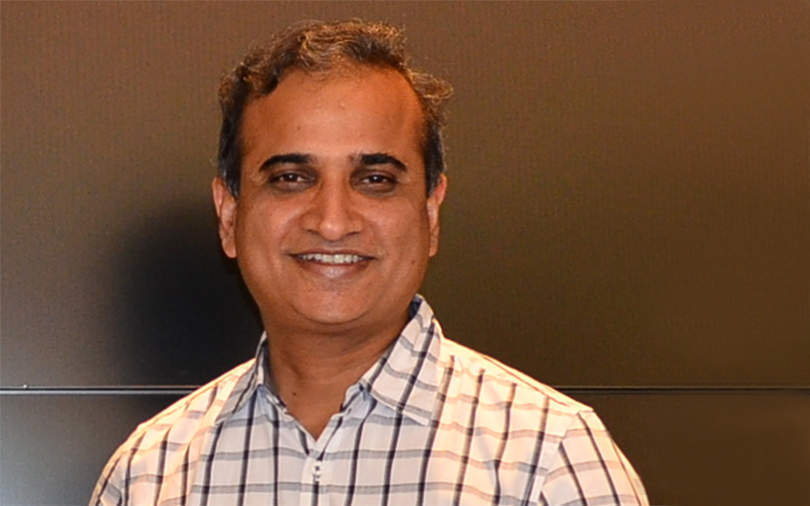
Narsimha Rao Mannepalli on why the fragmented cloud is an opportunity for Infosys


Starting this year, large enterprise technology players have begun opening up their cloud platforms to each other for seamless integration. Everyone in the industry has been talking about hybrid and multi-cloud platforms and providing features that enable seamless operation of those ecosystems.
The country's information technology (IT) services giant Infosys sees this fragmented cloud market as an opportunity, with large enterprises considering services players as partners in their digital transformation journey. The IT firms have seen a fairly decent fiscal last year and the first quarter of the current financial year indicates that the companies are well-poised to take advantage of the enterprises’ cloud journey.
Bengaluru-based Infosys’ annual cloud survey released last week showed that large enterprises see their shift to cloud as an enabler of their digital transformation goals rather than an infrastructure play. In an interview with TechCircle, Narsimha Rao Mannepalli, executive vice-president and head of cloud and infrastructure at Infosys, speaks at length about the company's strategy and role in the cloud world. Edited excerpts:

What do you see in terms of cloud adoption? There is a lot more talk about hybrid and multi-cloud this year... What will be your role as a services player in this new ecosystem?
When large enterprises talk about cloud, it is not just a public cloud, but also the private cloud, and that depends on the requirements. More than 50% of enterprises are looking at a very high adoption of cloud. Things have accelerated in the last two to three years and that will continue in the next two to three years. Cloud is not an infrastructure play alone and we see it as an enabler of business transformation. It is no longer an option as their business models are significantly disrupted. The data analytics, artificial intelligence/machine learning, the Internet of Things (IoT), virtual reality and augmented reality, and 5G -- all these leverage cloud.
So does that fragmentation increase your role as a system integrator in terms of migration and integration?

We think that we now have a greater role to play in the digital transformation, not from a cloud standpoint but from navigating the digital transformation piece of it. It finally depends on customers on what their goals are from the cloud and what kind of digital transformation they want to achieve. They want to leverage the power of new technologies as that becomes the competitive differentiation. Sometimes, competition or disruption is happening from unknown players. But responding to the competition is a reactive kind of approach. Enterprises are now coming forward to exploit these emerging technologies ahead of the cycle. We have been investing in innovations for the future workforce and workspace, in digital studios, design, and partnerships with academia. We are working with cloud players and also expanding our own capabilities.
Do you have a team that works on research and development (R&D) initiatives for the cloud division?
Over the last two years, we created smaller practices within some of the new areas. Like cloud practice, cybersecurity practice, IoT and blockchain, among other things. These teams come up with solution ideas as well as initiate partnerships with other companies in the space. They also come up with go-to-market (GTM) strategies and how we can leverage each of these technologies. Like how cloud impacts supply chain manufacturing companies. How can we bring a solution and GTM.

You had announced a partnership for innovation centre with Microsoft recently. Are you looking for joint R&D efforts with partners and customers?
The joint work with partners will continue and we had won some of the partner awards this year. But that does not preclude our own efforts on looking into capabilities in the market which we can acquire.
When you win a deal from a customer for digital transformation, what is the cloud road map you suggest them?

In these deals, very rarely you give a complete all-encompassing solution. In most cases, it will be a specific business problem or solution. For instance, one deal could be on how to improve their end-customer experience piece. So, we tell them what are the building blocks for that, whether it be interface or applications and how does one move from the current state to the future state and we give them a technology and business road map on how to reach that stage. It depends on the customer. Today, there isn't a solution that comes without a cloud component. We expose them to what emerging technologies can do and what customers in other industry segments are doing and give them ideas on the multiple new possibilities. And it is often a continuous process as you move on to the next stage.
